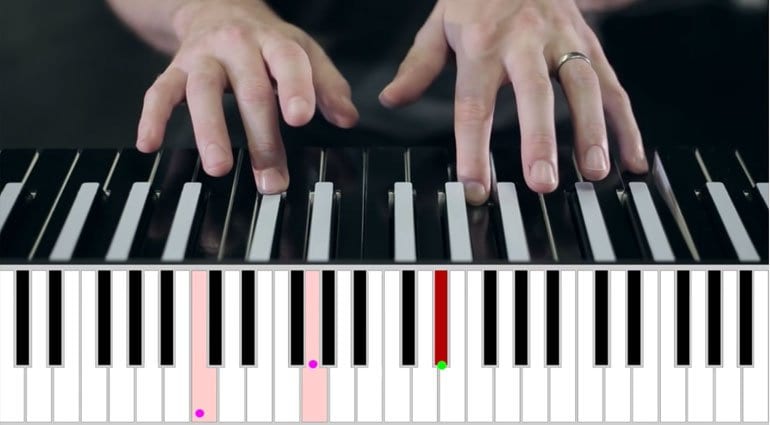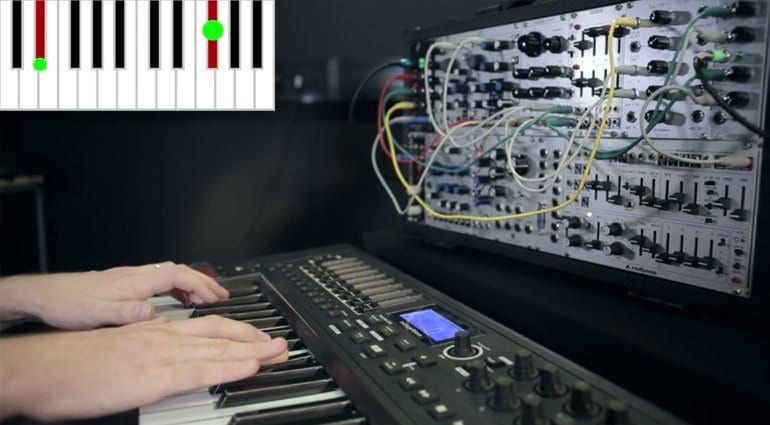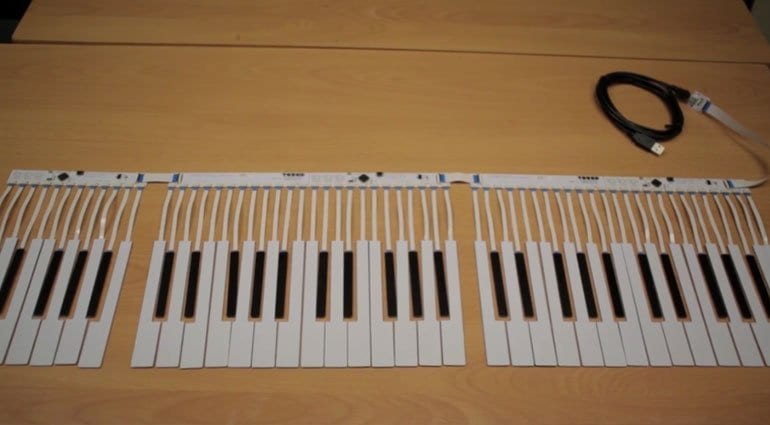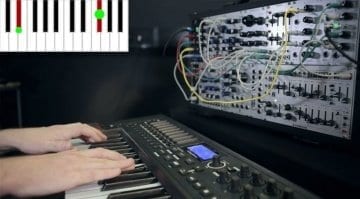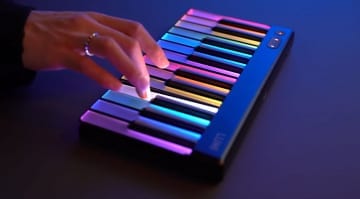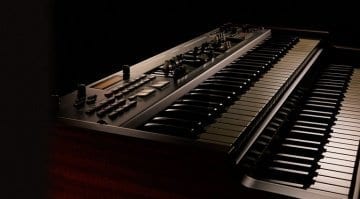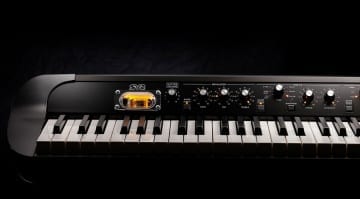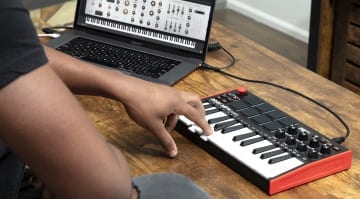TouchKeys brings MPE to any piano keyboard
TouchKeys transforms any piano keyboard into an expressive multi-touch continuous controller. From their successful Kickstarter campaign in 2013 TouchKeys in kit form or custom built are now available for sale.
TouchKeys
We’re becoming more familiar with MPE now. Where a controller, like the ROLI Seaboard, can offer expression in 5 dimensions. TouchKeys takes that idea and turns it into stickers that go over the keys of your own keyboard. Could be a MIDI controller, could be a grand piano, TouchKeys doesn’t care.
It’s slightly more sophisticated than stickers of course. The TouchKeys are thin sensor overlays that measure the placement of fingers by capacitive touch sensing. The same technology used on smartphones and trackpads. The main advantage this has is that it is using the traditional, familiar keyboard paradigm – not a weirdly fixed spongy instrument that pretends to be piano like, as you find with the ROLI or KMI K-Board controllers.
Expression
The idea is the same though. Wobble your finger for vibrato, push forward and back for timbre (mapped to any synth parameter). Pitch bend is a bit trickier. The ROLI excels at this because you can sweep left and right with your finger once you’ve gone past the lumpy bit. You can’t do this on a traditional keyboard. You can get a little bend going side to side on the note itself but otherwise, you’d have to sacrifice the timbre push-pull option if you wanted pitch bend to go further.
TouchKeys has a secret weapon I’ve not seen on any of the other options and that’s multi-touch. Each key can handle up to three simultaneous touches. I’m not sure exactly what this could do. They suggest you could use it for microtonal playing – divide each key up into 2 or 3 sections with adjusted pitch. You could also retrigger the note without taking the other finger off. There’s a lot of scope for experimentation here.
Installation
TouchKeys is available as a kit for your own keyboard. The website says that it will take an evening and requires the opening of your keyboard. Thankfully there’s a video guiding you through the process. Although, how you fit it to an acoustic piano is not entirely clear. They are also making a lot of assumptions about the internal layout of MIDI keyboards. The sensors, cables and attachments are remarkably thin. The connections are very similar to mini ribbons used in laptops – in my experience they are a complete nightmare to work with. Well, it just takes a bit of patience. Suffice to say that this is not a casual DIY job – you’ve got to drill holes in the back and everything. I recommend not opening your usual evening bottle of wine until you’ve finished.
Alternatively, they do Doepfer and Novation keyboards with TouchKeys installed ready to go. I should also note that TouchKeys doesn’t sense note on/off, so when it comes to acoustic pianos you’ll have to MIDI enable it some other way… in other words, don’t use it on an acoustic piano.
Looks aren’t everything
It still looks like a bunch of stickers stuck on your keyboard. It’s not beautiful and I imagine it’s unlikely that you’re going to be doing that to a treasured or favourite keyboard. However, you’re bound to have some controller knocking around that wouldn’t mind a bit of retro-fitting.
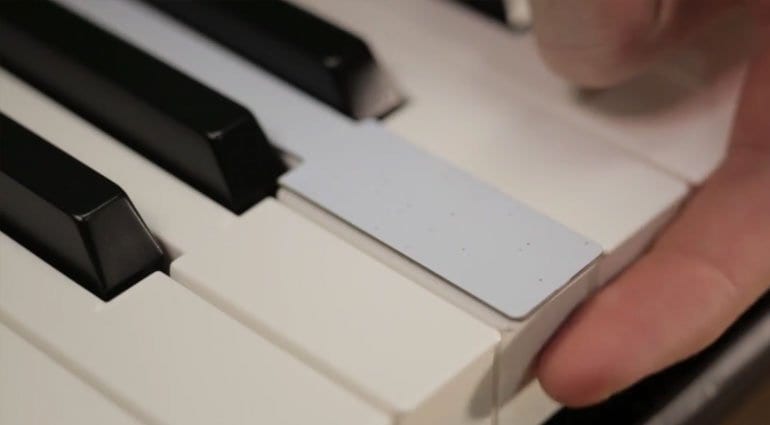
TouchKeys sensor strips placed on key · Source: http://www.touchkeys.co.uk/support/installing-touchkeys/
I’m quite torn by this product. On the one hand it’s flipping awesome. The control and expression possibilities are really quite exciting. Kits start at £190 for 13 keys which is way cheaper than the ROLI. Hang on, that’s just one octave. For a regular 2 octave, 25 note keyboard it’s £332. For 4 octaves like the £999 RISE 49 it’s £599 which isn’t too bad. Except that’s the same price as the forthcoming 4 octave KMI K-Board Pro 4 controller. And you’ve still got to take your keyboard apart, fit it and then ignore the fact that your keys are covered in stickers. So, on the other hand, it’s expensive and doesn’t look that great.
The other annoying factor that seems to be dragging on is the lack of software or hardware instruments that support MPE. Notable supporters being Bitwig Studio and ROLI’s own soft synth Equator. This is slowly changing. But otherwise, your multi-dimensional polyphonic expression has to stay a bit monophonic.
I wonder what it feels like to play?
TouchKeys is available now and more information can be found on the website.
You are currently viewing a placeholder content from YouTube. To access the actual content, click the button below. Please note that doing so will share data with third-party providers.


